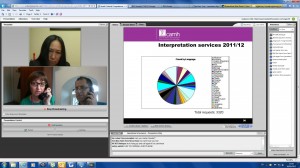10,000 Likes! Thank you!!!
Just now, The Jerusalem Intercultural Center’s Facebook page has passed 10,000 likes!
We’d like to say “thank you” to all our fans and supporters, and hope that together we will make Jerusalem a more hospitable city to all the people who live in it! It’s a real challenge for such a city, but there is only one Jerusalem – so we must make it happen!
Yours,
The JICC staff and volunteers








